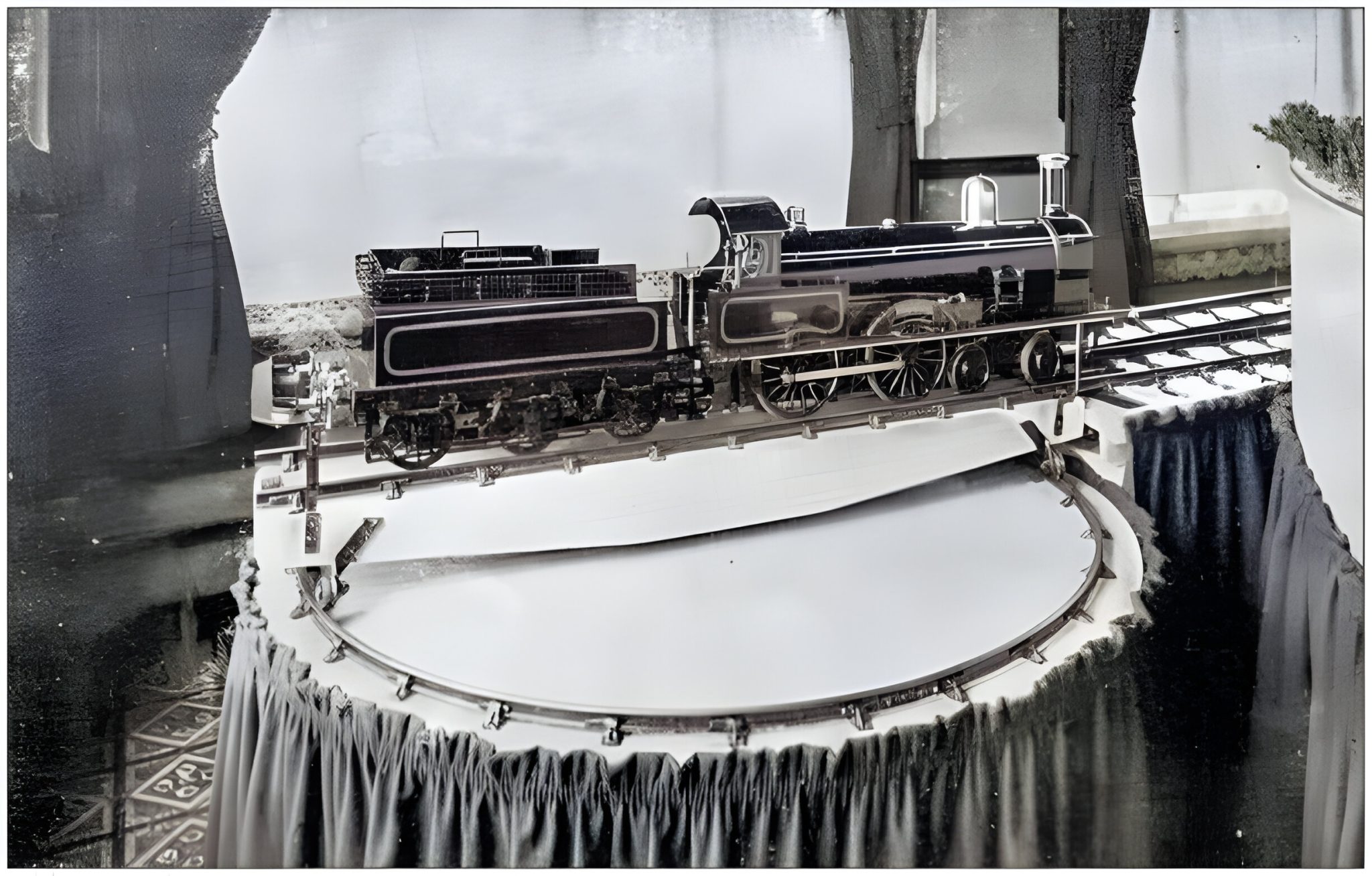The RMS Britannic was the sister ship of the Titanic, sunk on 21 November 1916 off the Greek island of Kea, and is not only famous for this tragic end but also because it belongs to this overindulgent period of early 20th-century luxury travel. Out of all artifacts that turned up from that ship of bad luck, one speaks the most: a piano once gracing its opulent interiors. This piano, now awaiting its next audience, carries with it a haunting, storied past that fascinates both historians and music enthusiasts alike.
The RMS Britannic, launched in 1914, was the third and final ship of the White Star Line’s Olympic class trio, which featured the Titanic and the RMS Olympic. Although the Titanic’s history of sinking on its first voyage overshadowed her sister ships, the Britannic also met its tragic end by sinking in the Aegean Sea in 1916 during World War I. The Britannic was requisitioned as a hospital ship, and it sank not from hitting an iceberg but from explosion due to a mine. Despite the unhappy ending of the ship, sumptuous interiors and wartime service have an impact on maritime history.
There can be no more apt representative of the high class of entertainment, one of the hallmarks of White Star Line ships, than the grand piano in its rating amongst the luxurious fittings of the Britannic. This piano, designed to complement the luxuriance of the ship’s first-class lounges and social areas, was more than an instrument; it was really a centerpiece for musical entertainment in its time. It would have been a source of comfort and joy for passengers, with its melodies forming a backdrop for the vibrant social life on board.
Though many artifacts had either been lost or scattered after the sinking of the Britannic, some items, including a piano, were recovered and have since taken their place in history as a treasure of great value. The long journey it took from the floor of the Aegean Sea to where it is now is enough proof that people are still fascinated by stories of this sister ship of the Titanic and its world.
Probably one of the most impressive things about this piano is that it symbolizes workmanship of the early 20th century in itself. The instrument contains very fine woodwork with detailed carvings to show that its construction meets the epitome of luxury expected of the White Star Line. Therefore, restoration is a cautious process, trying to preserve historical integrity while keeping the musical features intact. This involved the cleaning and repairing of the wooden parts, the restoration of its original finish, and the refurbishment of the internal mechanisms of the piano.
Today, the piano stands ready for its next audience, from the bottom of the ocean to its present state—a capture of imagination for any viewer. It stands not only as a historical artifact but as a window or even a bridge to the past, providing a tangible connection to the lives and experiences of those who boarded the Britannic years ago. It is a singular convergence of art, history, and technology for the music and history enthusiast.
In the future, the piano will be viewed in terms of its forthcoming public displays. Every time that it will be placed on display in a museum or historical exhibition, it will serve as a reminder of the glories of the Britannic in times past and of the cultural milieu surrounding travel by sea in the early 20th century. Any person who has seen the piano can only contrast the elegance of its design with the tragic fate of the vessel on which the instrument once sailed.
The presence of a piano at exhibitions provides real grounds for a wider discussion about the preservation of artifacts from history and the stories they can tell. Every artifact brought up from the Britannic testifies to the everyday life of passengers and crew on board the vessel, telling of a world long forgotten. Steeped in history and redolent with atmosphere, the piano stands as a powerful metaphor for this legacy.
It now patiently awaits the next audience, evoking feelings of fascination and respect. From the wreck of the Brittanic to this day, it is a story of resilience and preservation—something mirroring the wider efforts to preserve and give respect to the history of the sister ship of the Titanic. For those fortunate enough to hear its music once more, this piano promises much more than being an instrument—it will be a piece of living history, echoing melodies from a bygone era.
Overall, of all relics from that sad chapter in maritime history, it is the grand piano from the RMS Britannic. From the wreck of the Britannic to its current state in terms of preservation, it has been a journey showing just how timeless the allure of the Titanic sister ship and the luxurious world represented by it still are. As it awaits its next audience, this piano speaks of a unique and poignant connection with the past, inviting whoever sees it to reflect on the grandiose and on the loss of an era that continues to captivate our imaginations.







